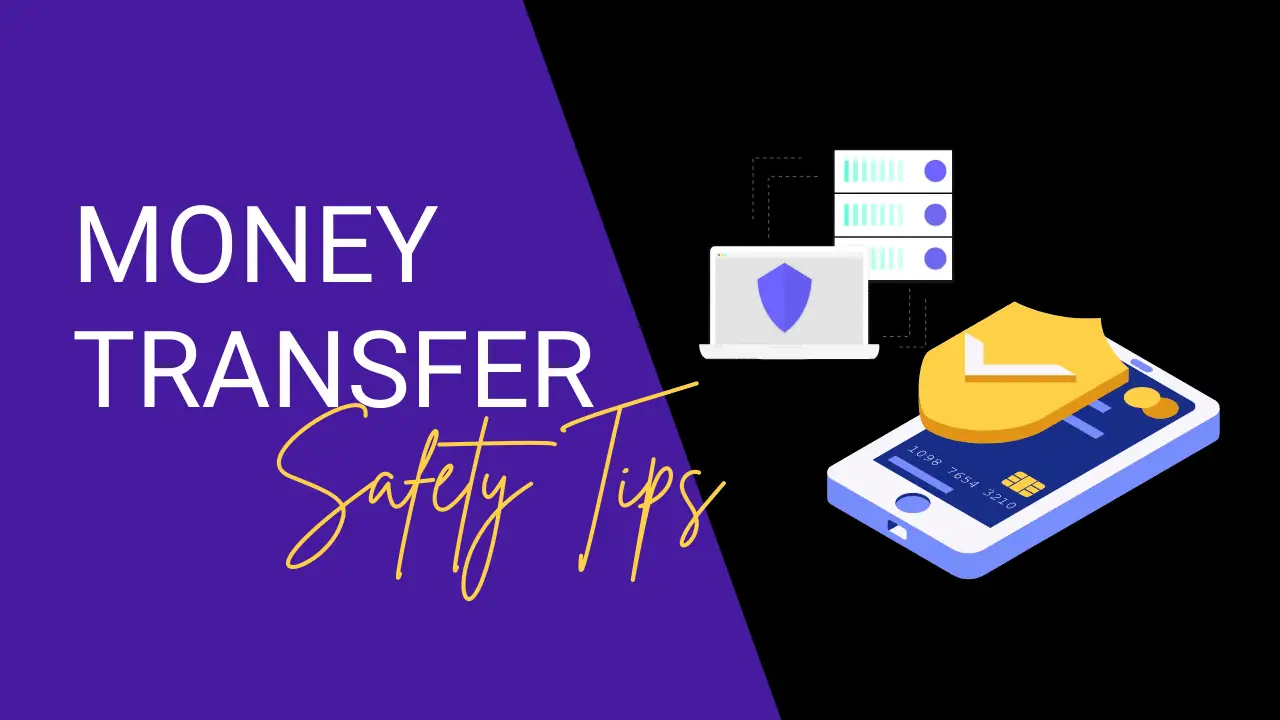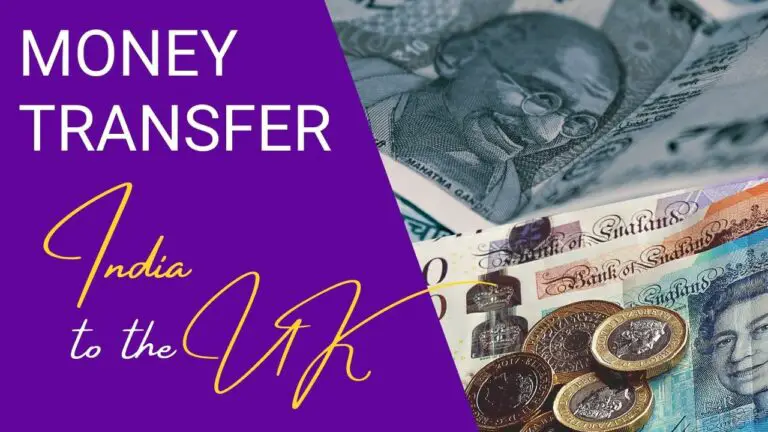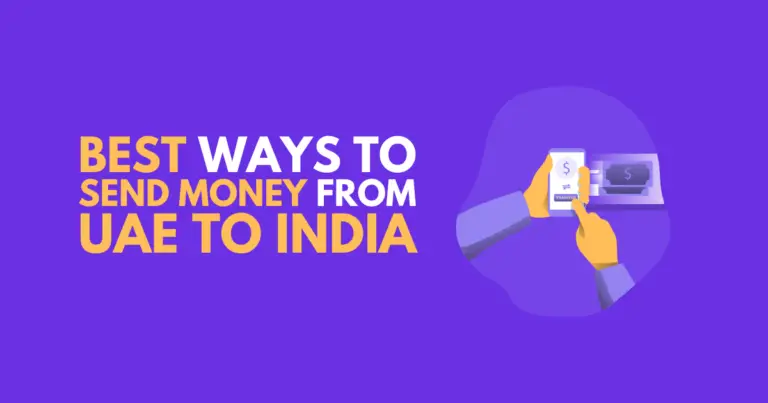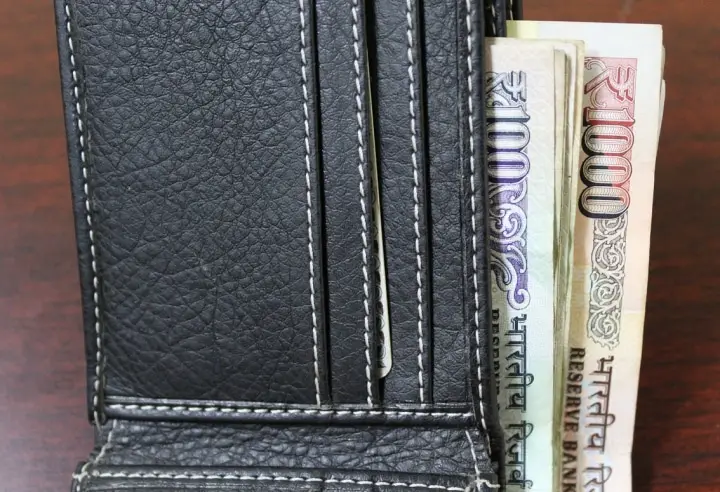7 Ways of Staying (Extra) Safe When Sending Money Online

Trying to determine the best way to send money back home to India and finding yourself considering online money transfers?
If you’re feeling uncertain about how secure your money is when you use an online provider, let us put your worries to rest.
Generally speaking, sending money online can be just as safe – if not safer – than more traditional methods. However, most trusted providers will recommend that you take some extra precautions to decrease the risk further.
We’ve rounded up a list of money transfer safety tips; some of the best ways to stay safe when sending money online.
1. Do your research: Transact only with reputable remittance providers
Before trusting your hard-earned cash with any provider, look it up thoroughly – and we mean thoroughly.
A good place to start is by checking out the exchange rate and service fees used. Most quality brands are transparent about this information, so if you’re looking high and low and can’t find the fees anywhere, or if it’s buried in the fine print, it might be time to click the back button and look for another provider.
You can go a step further by looking up how the money will get to the recipient and when the funds will be available.
Most providers allow you to track the progress of your transfer, so make use of that. MoneyGram transfers, for example, can easily be tracked by providing your last name and authorisation or reference number.
If the transfer is taking longer than expected, it may be time to flag this with your provider. And of course, don’t forget to check in with the recipient to make sure they received the funds.
2. Be mindful of phishing emails and frauds
Received an email from your bank or remittance provider?
Look at it again, and more closely this time. Are you 100% sure it’s from a legitimate, institutional email address?
These days you can never be too careful.
Whenever you receive an email asking for personal details or information about your bank accounts, you should verify that the email is genuine before proceeding. This is especially important if you’ve received the message unexpectedly.
Generally, the most obvious sign would be misspellings, incorrect grammar or that the email isn’t even addressed to you directly.
However, we can’t deny that scammers are getting smarter by the day and are getting better at spoofing emails. In this context, spoofing is when an untrusted source forges the header of an email to make it appear like it was sent from someone else (i.e. your bank or a money transfer service you’ve used).
These emails are sent with the intent to trick you into doing something the sender wants – transferring money, providing personal information, unknowingly downloading malware etc – by pretending to be someone you trust.
Luckily, it’s pretty easy to avoid getting scammed:
Simply deleting the suspicious email saves you from harm. The same goes for receiving calls from your bank or a money transfer company – always opt to call them back at their official number before giving out information.
Remittance providers like Western Union even caution people to delete any suspicious emails that they receive, emphasising that they will never send emails requesting IDs, passwords or other personal information.
3. Keep your data secure
It may be common knowledge, but this is also something that plenty of folks probably shrug off.
Make sure you’re using complicated, unique passwords, especially with accounts that are linked to your finances. This means using a combination of upper and lower-case letters, numbers and symbols.
Cybersecurity experts cannot emphasise this enough:
If you use the same password, regardless of its complexity, across all your accounts, it’ll be easier for hackers to access all of them. If one site gets compromised and you use a universal password, then chances are the hackers can easily work from there.
Further, you should make it a point to change your passwords frequently. It’s often difficult to tell if someone else is using your account, so by changing your password you reduce the risk of other people accessing your account. Some sites even boot you out of your accounts on other devices every time you change your password.
There are also other methods you can use to proactively increase your security. One of them is already pretty common: two-factor authentication (2FA).
Using 2FA simply means you’ll receive a security code via SMS, email or authentication app that you will then use to confirm that you are the one accessing your account.
Most banks or remittance providers enable 2FA by default to confirm any transaction that you make, but you can go the extra mile and set up 2FA even just to log in. There are already some apps on the market that allow you to easily set 2FA up across all your accounts.
Additionally, don’t save your passwords and make sure to log out after every transaction before closing the browser or application, even if you’re using a personal device. Having your password saved or staying logged in can make it easier for your next transaction – but it also makes it easier for anyone who may access your device as well.
In fact, apart from always logging out of your accounts, it’s also considered good practice to occasionally clear your browsing history and cache.
However, if saving passwords is a must for you, instead of relying on Smart Lock or Apple Keychain, consider giving password managers such as Dashlane or 1Password a shot.
Cybersecurity experts suggest using a password manager because not only do they serve as a secure way to store your passwords, but they also help protect your accounts as well.
Long gone are the days of needing to use the same password across all your accounts for ease of memory – you now have a computer to remember all your unique passwords for you.
Make your passwords as complicated as you want, the only password you have to remember is the master password to log into the manager. Some password managers even have features that alert you when your accounts are hacked or your passwords have been exposed.
4. Ensure your privacy
If you’re accessing your bank account through a public PC or Wi-Fi connection, now is the time to stop – you should have stopped yesterday, really.
When handling sensitive, private information, it’s advised to only use your own personal device and to always connect to a secure network to avoid the misuse of your data.
Connecting to public Wi-Fi opens you to several risks such as man-in-the-middle attacks where hackers can hijack your transactions. Moreover, this is an opportune time for hackers to slip malware onto your device that could cause you harm even after disconnecting from the public network.
And that software update you keep telling your computer to remind you later about?
You may want to consider having that update sooner rather than later. Device and software updates are in place to patch any vulnerabilities found or exploited in previous versions.
Oftentimes, these even come with better security features that are vital for sensitive transactions such as remittances. Constantly delaying that update puts your device at risk for malware infections and security breaches.
The updates don’t stop there – the same principle applies to the media you use to actually transfer your money.
After you’ve updated your software, you need to make sure that if you’re using a computer, you’re also using the latest version of your Internet browser. This is generally easy to figure out by looking at your browser’s settings menu.
If you’re using a mobile device, then it’s your remittance provider’s application you should keep up to date.
5. Use encrypted and authorised sites and applications
Before sending money online, make sure that the site or app you’re using is secure and encrypted.
Secure websites use HTTPS, the secure version of HTTP, which allows you to transmit sensitive data securely over the Internet.
An easy way to spot encryption on websites is to look at the URL.
Notice the lock icon in the address bar of your browser next to the Comparism URL?
It depicts the site is using https secure protocol.
Apart from checking whether a website uses HTTPS, another thing to keep an eye out for is your browser warning you about unsafe websites in the browser’s address bar.
A red triangle with an exclamation mark, a red line through a padlock or even the words “Not secure” are all indicators to be wary of. These symbols signal a potentially dangerous site and should be avoided.
If you’re considering using a remittance provider with this symbol on their website, you may want to reconsider.
In fact, maybe just look for a new provider altogether.
Beyond these, you can look through your provider’s website and check their licences and security compliances.
Wise, formerly TransferWise (review), for instance, is regulated by the FCA and is constantly audited by finance and IT auditors and makes this information readily available.
6. Check your details – then check them again, and again
It’s a good idea to triple-check the account details when you’re sending money to an account for the first time. Just one typo could send your money to the wrong person.
One way to make sure you’ve entered all the details correctly is to get your partner or roommate to look over the banking info before clicking send.
The great thing about online transfer providers is that you can save the account details of the people you’re sending money to so that you don’t have to re-enter them every time you send money.
If you’re preparing to send a large sum of money, try sending a small amount first (e.g. £5) to make sure the money is received. From there, you can save the details and send the larger amount knowing that you’ve already used those details before.
Of course, this means that you’ll end up paying fees for two transactions rather than one, but depending on the amount you’re sending, it could be worth the peace of mind.
And when it comes to checking your details, we don’t mean just the details for your ongoing transactions.
Check the details of your accounts frequently. Monitor your balances and transaction history and make sure your money isn’t going anywhere it isn’t supposed to.
If there’s any suspicious activity, it’s time to change your password and contact your provider immediately.
7. Keep your receipts
Just as you would keep the receipt for a pair of jeans you bought from Primark, you should also keep the receipt for your remittances: This is your proof that a financial transaction occurred.
Generally, you should automatically receive a receipt from your money transfer provider almost immediately after a transaction. This typically contains information like the amount transferred, the exchange rate (if applicable) and any commission or other charges.
Apart from providing you with information on your transaction, receipts allow you to track the transfer either through a tracking number or a direct link.
When a transfer is taking longer than usual or you have other queries about your transaction, the tracking number found in your receipt is usually what providers ask for when you require assistance.
Moreover, it’s difficult to make any disputes should anything go wrong with your transfer if you don’t have a receipt.
Safe, secure and speedy: Send your funds with a trusted money transfer provider
As with anything that involves your money, be mindful of your safety when completing money transfer transactions online.
Broadly speaking, digital money transfer providers offer a convenient way to send your funds overseas and provide several benefits over other methods, including typically being available round the clock.
There’s also the matter of speed and convenience, with many online remittance providers offering instantaneous or same-day transfers.
Trusted money transfer websites, such as Azimo and OFX, are licensed by monetary authorities and have various safe money transfer systems in place to make sure that your funds arrive safe and sound.
As long as you do your research and take extra safety precautions yourself (which you should do with any money transfer method), online money transfers are a great way to send your money overseas contact-free.

About Zak:
Zak Killermann is a staff writer at Finder specialising in money transfers. After getting burned once by an over-the-counter money exchange, he vowed to never settle for anything short of the mid-market rate again.





